North Korea travel tips
North Korea travel tips: Isolated regime led by Kim Jong-un, North Korea is known for its secrecy, strict control, nuclear ambitions, and propaganda.
Provinces 🌎
North Korea travel tips. Here is a list of all the provinces of the North Korea.
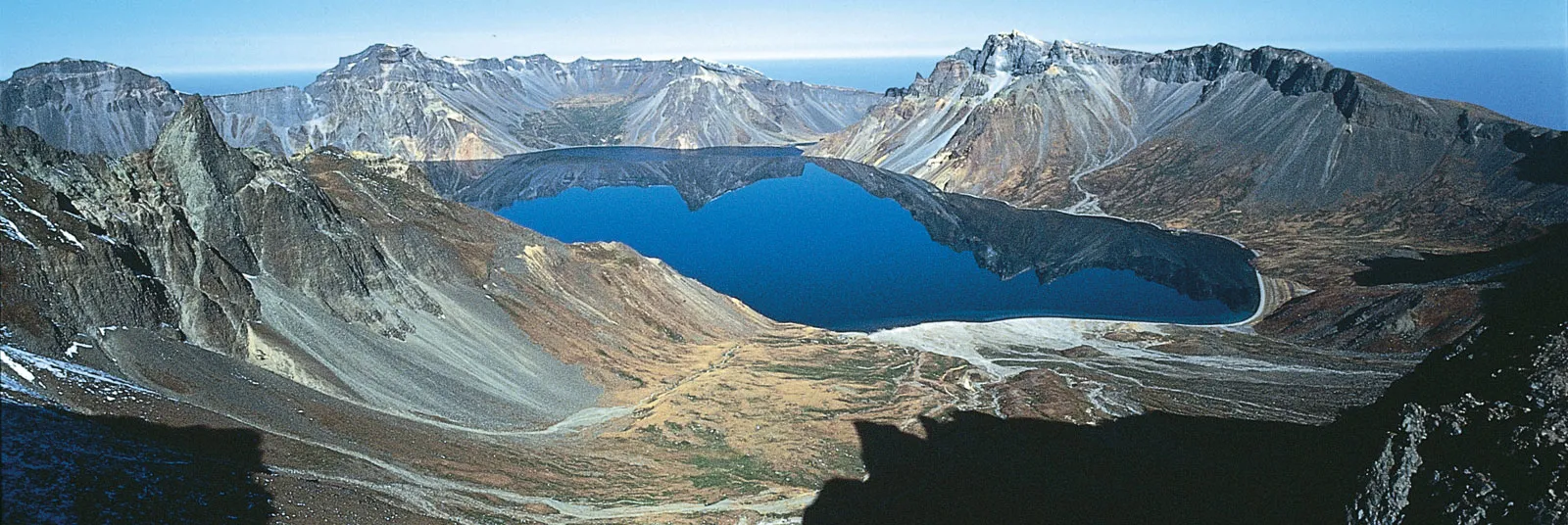
Chagang Province

North Hamgyong Province
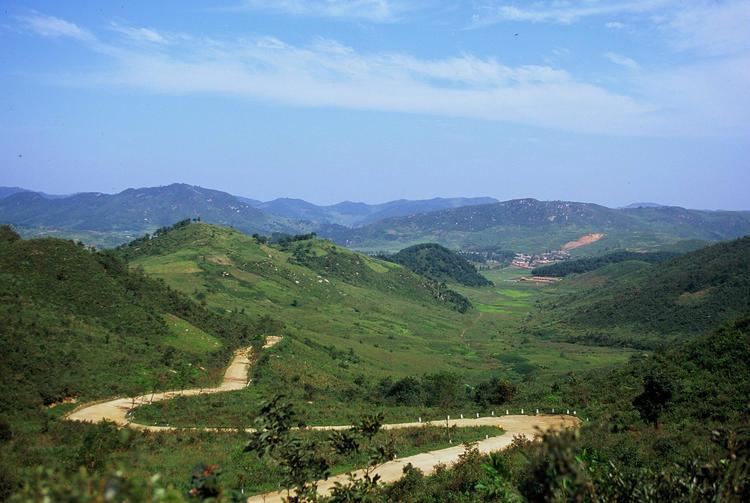
South Hamgyong Province

North Hwanghae Province
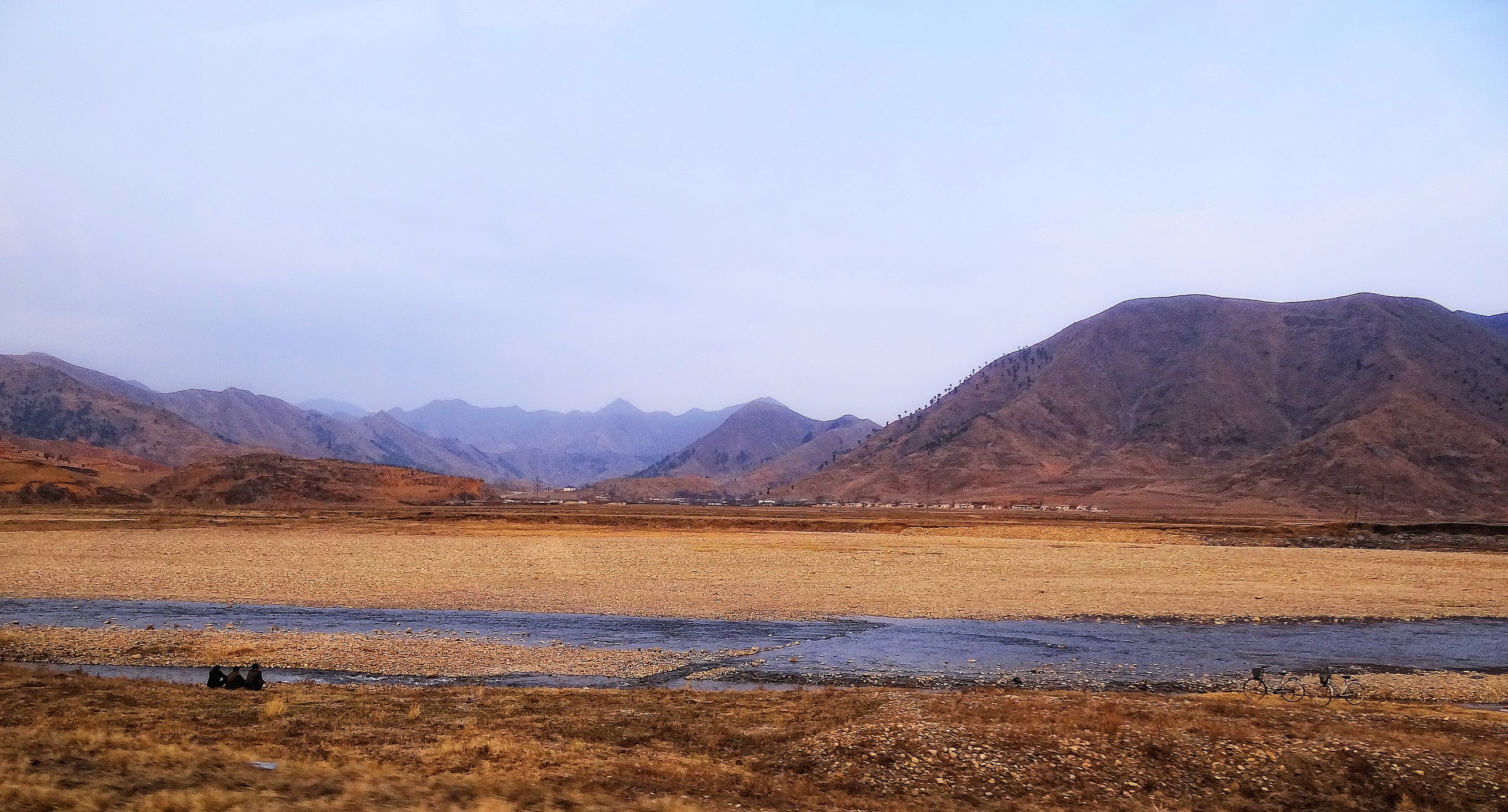
South Hwanghae Province
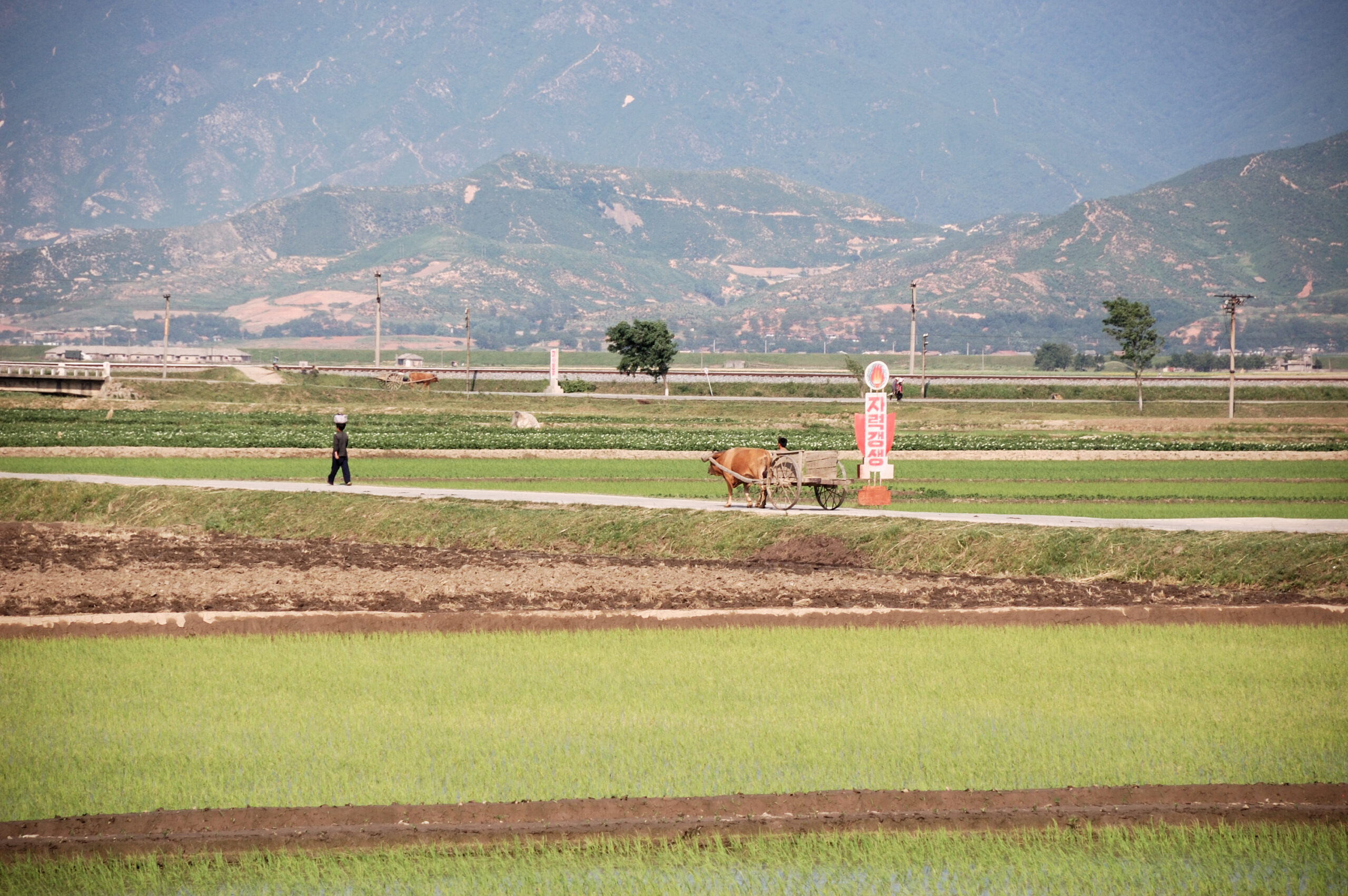
Kangwon Province
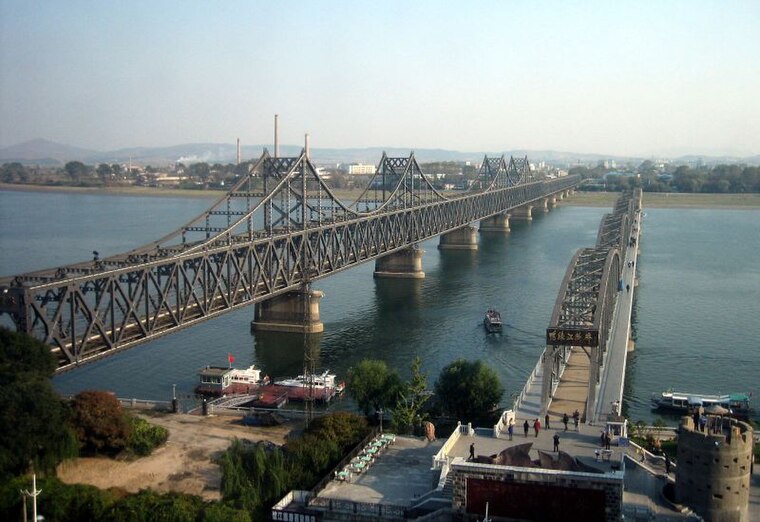
North Pyongan Province
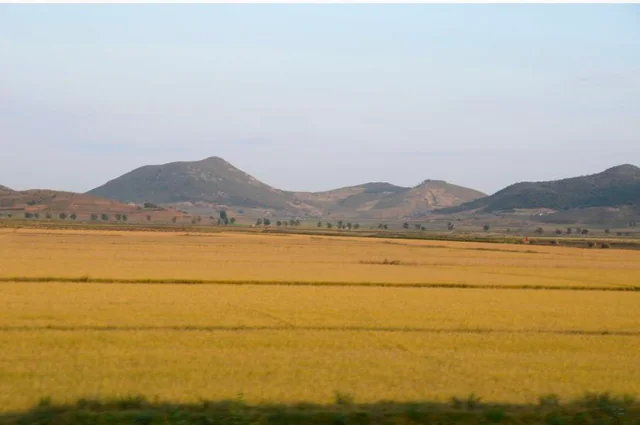
South Pyongan Province
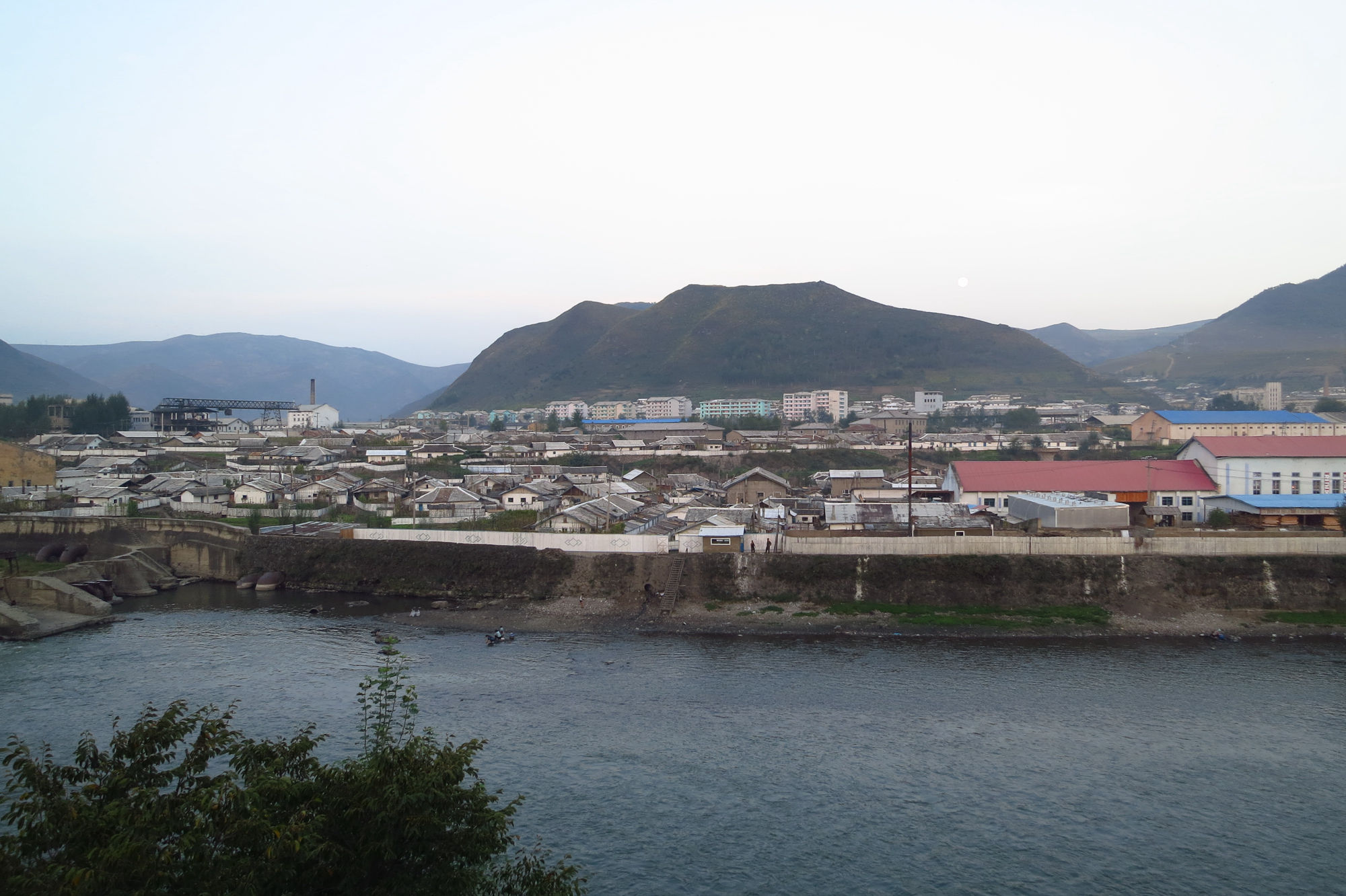
Ryanggang Province

Pyongyang
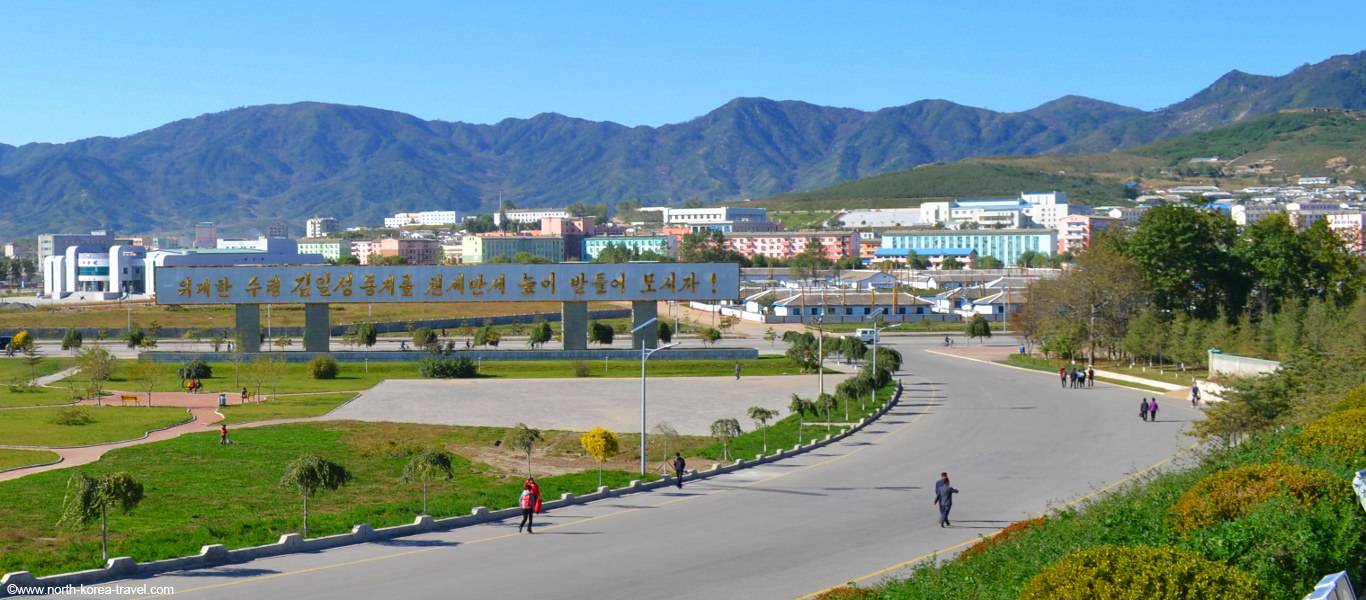
Rason
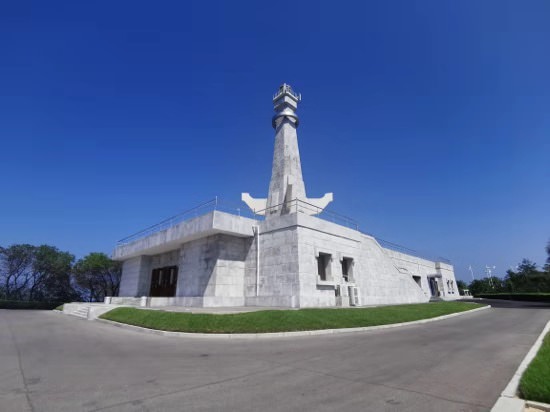
Nampo
Before you go 🛩
Important information you should know before your trip
Info
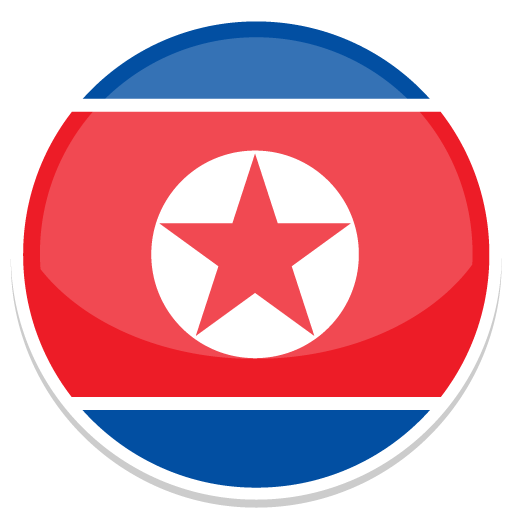
Capital | Pyongyang
Flag Codes:
ISO alpha-2 KP,
ISO alpha-3 PRK
Currency
Badge | North Korean Won
CODE | KPW
NUMBER | 408
SYMBOL | ₩
FRACTION | chon
Mobile Coverage
Dialing Code | +850
SIM Card
Coverage | 3G / 4G / 5G |
Mobile Networks |
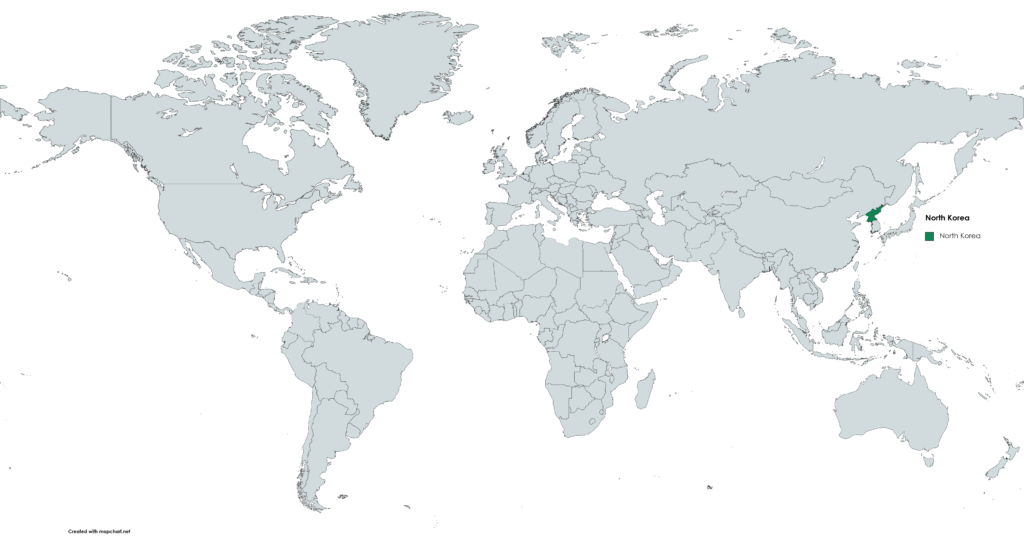
Location
North Korea, officially known as the Democratic People’s Republic of Korea (DPRK), is located in East Asia. It shares borders with China to the north, Russia to the northeast, and South Korea to the south. To the east, it is bordered by the Sea of Japan (East Sea), and to the west, it is bordered by the Yellow Sea.
North Korea’s geographic coordinates are approximately 40.3399° N latitude and 127.5101° E longitude. The country’s capital and largest city is Pyongyang. It is important to note that North Korea is a highly secretive and isolated nation, and travel to the country is heavily restricted and subject to specific regulations and government approvals.
Currency
The official currency of North Korea is the North Korean won (KPW).
The won is divided into 100 chon. The Central Bank of North Korea is in charge of issuing and regulating the currency.
However, the North Korean won is not a strong or internationally recognized currency, and the use of the US dollar and Chinese yuan is common in the country.
Languages
The official and most widely spoken language in North Korea is Standard Korean, also known as chosŏnmal. Standard Korean is spoken by approximately 99% of the country’s population.
In North Korea, some regional dialects of Korean are also spoken, such as Pyonganese, Hagwonese, and Hamgyŏng, among others. These regional dialects have some differences in pronunciation and vocabulary, but are generally mutually understandable.
In addition to Korean, there are some people in North Korea who speak other languages, such as Chinese, Russian, and English. However, knowledge of these languages is limited and is mainly confined to the country’s political and business elites.
Climate 🌡
North Korea has a continental climate, characterized by distinct seasons and relatively large temperature variations throughout the year. The climate is influenced by its location in East Asia and the surrounding seas. Here is an overview of the different seasons and their characteristics:
Spring (March to May): Spring in North Korea is a pleasant season with mild temperatures. It starts with cool weather in March and gradually warms up as April and May approach. Spring is considered one of the best times to visit North Korea due to the comfortable weather and the blossoming of cherry trees, creating beautiful landscapes.
Summer (June to August): North Korean summers are hot and humid, especially in the central and southern regions. Average temperatures can range from 25°C to 30°C (77°F to 86°F). The monsoon season occurs during the summer, bringing heavy rainfall to many parts of the country.
Autumn (September to November): Autumn is another pleasant season in North Korea, with mild temperatures and lower humidity. The fall foliage is particularly stunning during this time, and it is a popular season for tourists to visit the country.
Winter (December to February): Winters in North Korea are cold and dry, with temperatures often dropping below freezing. In some regions, temperatures can reach well below zero degrees Celsius. Snowfall is common, especially in the northern mountainous areas. The winter season is less popular for tourism due to the harsh weather conditions.
North Korea travel tips
If you’re planning a trip to North Korea, here are some travel tips to enhance your experience:
Government Tours Only:
Travel is generally permitted through government-approved tour operators. Independent travel is not allowed.
Tourist Visa:
Obtain a tourist visa through an authorized tour operator.
Guides and Restrictions:
Visitors are accompanied by government-assigned guides. Photography and interactions with locals are restricted.
Political Sensitivity:
Avoid discussing politics, and do not criticize the government or leadership.
Transportation:
North Korea’s transportation is state-controlled. Limited road networks, outdated trains, and restricted air travel characterize the system, reflecting isolationist policies. View Guide.
Respect Local Customs:
Follow local customs and show respect to the leadership and symbols of the country.
Strict Regulations:
North Korea has strict regulations; ignorance is not an excuse.
Enjoy your time in North Korea!

The best of the best
North Korean cuisine reflects the country’s unique cultural heritage and resources. Traditional North Korean dishes often emphasize simplicity, fermentation, and a variety of flavors.
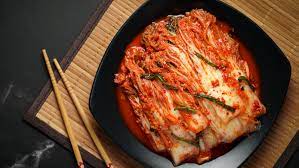
Kimchi
Kimchi is a staple in North Korean cuisine, just like in South Korea. It is made from fermented vegetables, most commonly cabbage, and seasoned with spices, garlic, and chili peppers.
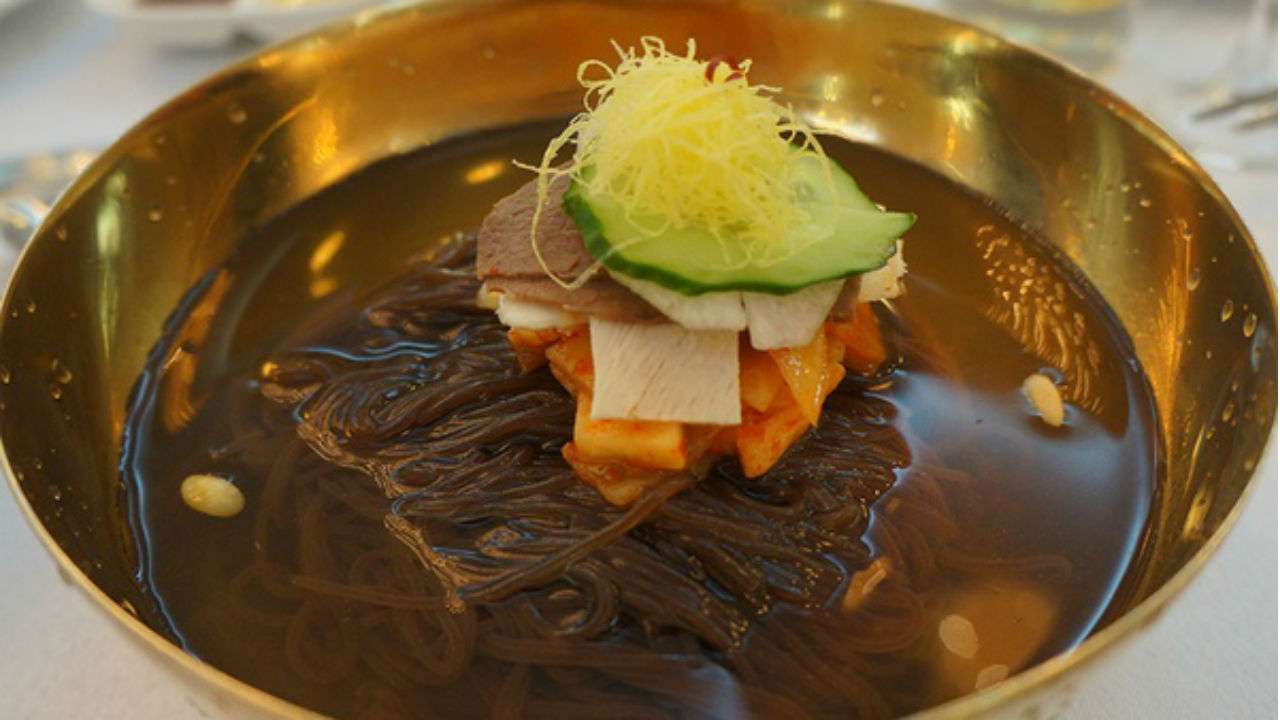
Naengmyeon
This cold noodle dish is popular during the hot summer months. The noodles are made from buckwheat and are served in a chilled broth with sliced vegetables and sometimes a boiled egg.
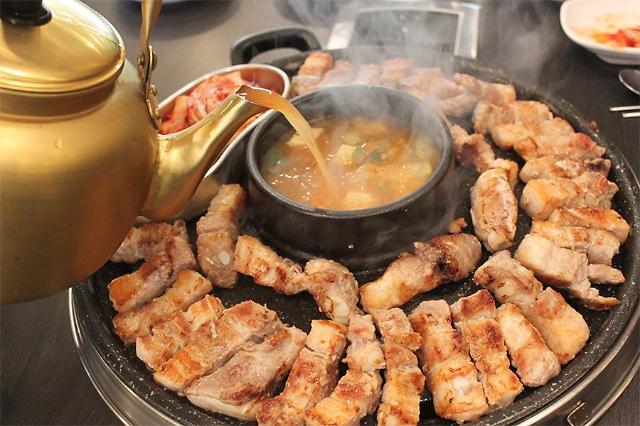
Samgyeopsal
AGrilled pork belly is a favorite dish in North Korea, usually served with various side dishes and fresh vegetables to make lettuce wraps.
Here are some typical foods you may find in North Korea:
Pajeon: Pajeon is a savory pancake made with green onions and other vegetables. It is often served as an appetizer or side dish.
Jjigae: Jjigae refers to a variety of stews made with meat, vegetables, tofu, and spices. Kimchi Jjigae, made with kimchi, is particularly popular.
Mandu: Mandu are dumplings filled with meat and vegetables, similar to the Chinese jiaozi or Korean mandu found in South Korea.
Bibimbap: While similar to the South Korean version, North Korean Bibimbap may have some regional differences in ingredients and preparation.
Kongnamul: Kongnamul is a side dish made from boiled soybean sprouts, seasoned with soy sauce, sesame oil, garlic, and other spices.
Chonggak Kimchi: This is a type of kimchi made from radishes, typically smaller and spicier than regular kimchi.
Pyongyang Cold Noodles: Similar to Naengmyeon, but this version is specifically associated with Pyongyang, the capital city. The noodles are typically thinner and the broth is clear.
It’s important to note that North Korean cuisine is not as widely known or accessible as South Korean food. As a result, tourists visiting North Korea may have limited exposure to traditional dishes. The availability of certain foods may also vary depending on the region and the availability of ingredients.
Transportation 🚥
More information about this country
Choose your destination 📍🗺
Useful Links ✅



